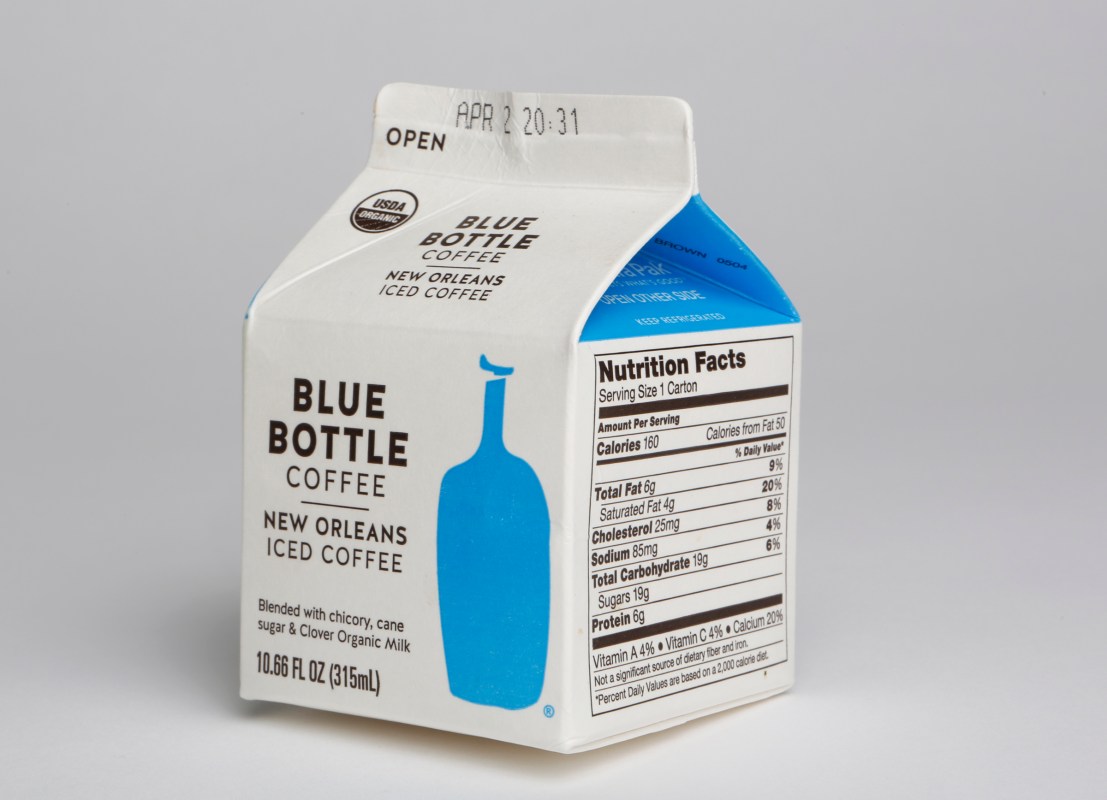Year old article, but relevent.
Getting Into The Unicorn Boom: 10 Mutual Funds With Stakes In Pre-I P O Tech Stars
by Steve Schaefer , FORBES STAFF
Of course, for most investors there’s little need to chase the rich valuations brewing in private markets. Almost every high-profile I P O in recent years has revisited its offering price, including Facebook, Twitter TWTR +21.42% and Alibaba . But for those keen on getting early exposure, mutual funds that allocate a portion of their holdings to the space, without betting the farm that every billion-dollar startup is going to be a long-term success, is a reasonable strategy.
According to Pitchbook’s 201
5 Unicorn Report, T. Rowe Price owns stakes in 14 unicorns, outpaced by only Sequoia Capital, Andreessen Horiwitz, Kleiner Perkins and SV Angel. Wellington Management has participated in funding for 12 unicorns, while Fidelity has been involved in eight such capital raises.
The table below shows 10 of the funds that own stakes in the tech world’s unicorns, and even though the businesses have lofty valuations, they still represent a small piece of the funds’ overall portfolios
 http://www.forbes.com/sites/steveschaefer/2015/10/14/unicorns-funds-fidelity-trowe-uber-dropbox/#76f71c9f57f4 Crony Capitalism for the Private Equity and Investment Banking Set ?
http://www.forbes.com/sites/steveschaefer/2015/10/14/unicorns-funds-fidelity-trowe-uber-dropbox/#76f71c9f57f4 Crony Capitalism for the Private Equity and Investment Banking Set ?This is listed as an opinion piece,but still worthwhile for further background.
Startup Valuations, Mutual Funds, And The Saga Of Blue Bottle
June 16, 2016 - By Max Cherney
...mutual fund valuations are one of the few hard data points the public has to assess what the company’s shares are worth, or at least what mutual funds think they are. And that’s important—more than it has been historically—
because of changes introduced by a 2012 law: the Jumpstart Our Business Startups (JOBS) Act Sold as a way to make the growing practice of crowdfunding legit,
the JOBS Act also contained a provision that has had a profound impact on how companies are funded and at what point they go public: the fed axed the 500 rule—requiring a company to go public after it had more than 500 shareholders—and now only requires a company to I P O after it hits 2,000 accredited investors (though the number remains at 500 if those investors are not accredited).Without the JOBS Act, Airbnb and Uber would likely have been required to go public (as Facebook was). Hence the number of large, private companies has swelled—why put an enterprise at the mercy of Wall Street’s grueling quarterly expectations if not absolutely necessary?
https://mattermark.com/startup-valuations-mutual-funds-saga-blue-bottle/The coffee wars of San Francisco are back on!https://techcrunch.com/2016/09/25/blue-bottle-coffee-is-raising-another-a-big-round-of-funding/?
Silicon Valley is known for plenty unusual investments, anywhere from alternative food products to space exploration, and the coffee industry is certainly no exception. But there’s logic to it: there’s a huge coffee market and a near-perfect comparable in the market, with Starbucks hanging out at an $80 billion valuation. For any coffee company, capturing even a fracture of that market already means the company has hit unicorn status

UNITED STATES SECURITIES AND EXCHANGE COMMISSION
Washington, D.C. 20
549
FORM D
Notice of Exempt Offering of Securities
Name of Issuer
Blue Bottle Coffee, Inc.
Jurisdiction of Incorporation/Organization
DELAWARE
Year of Incorporation/Organization
Over Five Years Ago
X Within Last Five Years (Specify Year) 2012
Yet to Be Formed
https://www.sec.gov/Archives/edgar/data/1560324/000156032415000001/xslFormDX01/primary_doc.xmlhttps://techcrunch.com/unicorn-leaderboard/Boy ! Did we miss this one !
https://www.crunchbase.com/organization/theranos#/entiySCIENCE
Lesson of Theranos: Fact-Checking Alone Isn't Enough
AUG 8, 2016 10:00 AM EDT
By
Faye Flam @ Bloomberg
Elizabeth Holmes,at just 32, is the founder and chief executive officer of the high-tech diagnostics company Theranos, a startup valued at $9 billion that promised to revolutionize blood testing. Until recently, she was the world’s youngest female self-made billionaire..
Aug 8, 2016 Bloomberg - Lesson of Theranos: Fact-Checking Alone Isn't Enough
https://www.bloomberg.com/view/articles/2016-08-08/lesson-of-theranos-fact-checking-alone-isn-t-enoughTECHNOLOGY NEWS | Fri Sep 23, 2016 | 6:
52pm EDT (Reuters)
Twitter initiates talks with tech companies over sale: source
A sale of Twitter has been the subject of on-again, off-again rumors for many months as the company grapples with stagnant user growth, soft advertising sales and losses running at hundreds of millions of dollars a year.The company's
business struggles have come even as the 10-year-old service has evolved into a potent global source of news, entertainment and social commentary.
CNBC, citing anonymous sources, reported on Friday that Twitter is in talks with companies including Google (GOOGL.O) and may receive a formal bid soon. A source told Reuters that Salesforce.com (CRM.N) is also in pursuit.
TECHNOLOGY NEWS | Fri Sep 23, 2016 | 4:29pm EDT (Reuters )
Facebook apologizes for overstating key ad metric
Facebook has made a significant strides into video, which has attracted significant advertising interest and has benefited from the shift in advertising spending toward the internet and other mobile platforms.
Revenue from advertising was the biggest driver to company's total revenue in the latest quarter, surging 63 percent to $6.24 billion. "This could pose a serious blow to Facebook's video proposition, which has had so much of momentum over the last two years," said Sarah Wood, co-CEO of ad tech company Unruly, which is owned by News Corp.
http://www.reuters.com/news/archive/technologyNews


